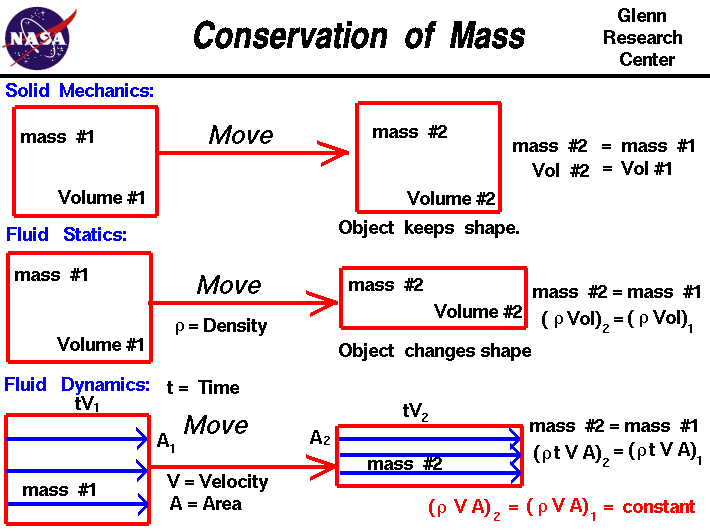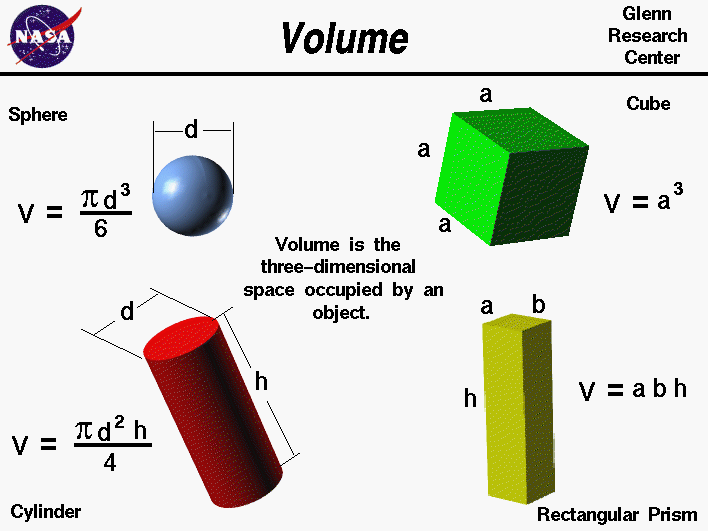ACADEMIA INTERAMERICANA DE PANAMA
SEDE CERRO VIENTO
SCIENCE
Topic: INVISIBLE LIGHT
Name: TIFFANY J. ROBLES LOO
IV B
Teacher: Ramón Guerra
August 16, 2010
Introduction
Although we cannot see wavelengths longer than red or shorter than violet, we can detect them, and we can use them in many ways.
When light passes through a prism, there are wavelengths longer than the color red. We cannot see them, There are also wavelengths shorter than violet. We cannot see these wavelengths, either. Together all these wavelengths of light, the ones wee see and the ones we cannot see, are called the electromagnetic spectrum.
In this album I will describe all the different kind of waves that we cannot see with our eyes.
Wavelengths longer than Red Light
The wavelengths of light shown here are longer than red. They are invisible but have important properties and uses.
· Radio Waves
Radio waves are the longest waves of the electromagnetic spectrum. You do not see them _and you do not hear them. Broadcast stations use them to carry signals in a kind of code.
· Radar
Recall that some animals, such as bats and whales, send out sound waves with a high frequency. The echo of the waves helps the animals locate things. Radar works in a similar way. Radar stands for "radio detecting and ranging. "radar uses radio waves that reflect off many objects. The waves can help weather forecasters detect rain and thick fog.
· Microwaves
A microwaves oven uses electromagnetic waves, too. Microwaves are short wave radio waves. Water in foods absorbs microwaves very readily. The energy from the absorbed microwaves very readily. The energy from the absorbed microwaves speeds up the water molecules inside the food. As the water molecules move faster, the food gets hotter. Microwave ovens can heat many foods faster, using less energy than a regular oven.
· Infrared light
Infrared means "just beyond red". Infrared waves are next to visible red waves in the spectrum. When you stand in sunlight, it is the Sun´s infrared waves that warm you. All objects give off infrared waves, depending on their temperature. Warmer objects give off more infrared waves than cooler objects do. Special photographic film and electronic sensors can be used to detect infrared light.
Wavelengths shorter than Violet Light
They are invisible but have important properties and uses.
· Ultraviolet light
Ultraviolet (UV) light is made up waves just shorter than visible violet light on the spectrum. UV light causes chemical changes. It can produce vitamin D in your body. You need vitamin D for healthy bones and teeth. Ultraviolet light produces vitamin D in milk. Hospitals use ultraviolet light to kill harmful bacteria in equipment used in operating rooms. However UV light can cause ham. UV light from the Sun causes a sunburn. Scientists have found that UV light can also cause some forms of cancer on the skin. Cancer is a disease in which cells multiply rapidly with harmful effects.
Earth is protected from much of the Sun’s UV light by the ozone layer. The ozone layer is a part of the upper atmosphere that screens out UV light.
However, some chemicals produced by factories are eating away at the ozone layer. Thus more of the Sun’s UV light will pass through to Earth’s surface. Care is being taken to prohibit the chemicals from being manufactured.
· X rays and Gamma Rays
The shortest wavelengths of the spectrum –X ray and gamma rays – have great penetrating power. X rays can pass right through most objects. Thicker or denser objects tend to absorb X rays. This means that X rays can produces a picture when they pass through an arm or leg, or your jaw. The denser objects, such as bones and teeth, can show up very clearly on the finished picture.
We can use the electromagnetic spectrum to understand the wavelengths that are visible and invisible to our eyes.
Conclusion
Since Maxwell’s work, scientists have formed another idea of how light travels. Rather than as a smooth vibrating wave, perhaps light travels as tiny bundles of energy. Scientists call the bundles photons.
Waves or photons? Scientists use both models to explain light. For example, your eye picks up only so many photons of light at any instant. We can see the wavelengths of light that make up the colors of light.
Yet can we see all wavelengths of light? Based on the work of Heinrich Hertz from the 1880s, we now know that there are wavelengths of light that we do not see.
































